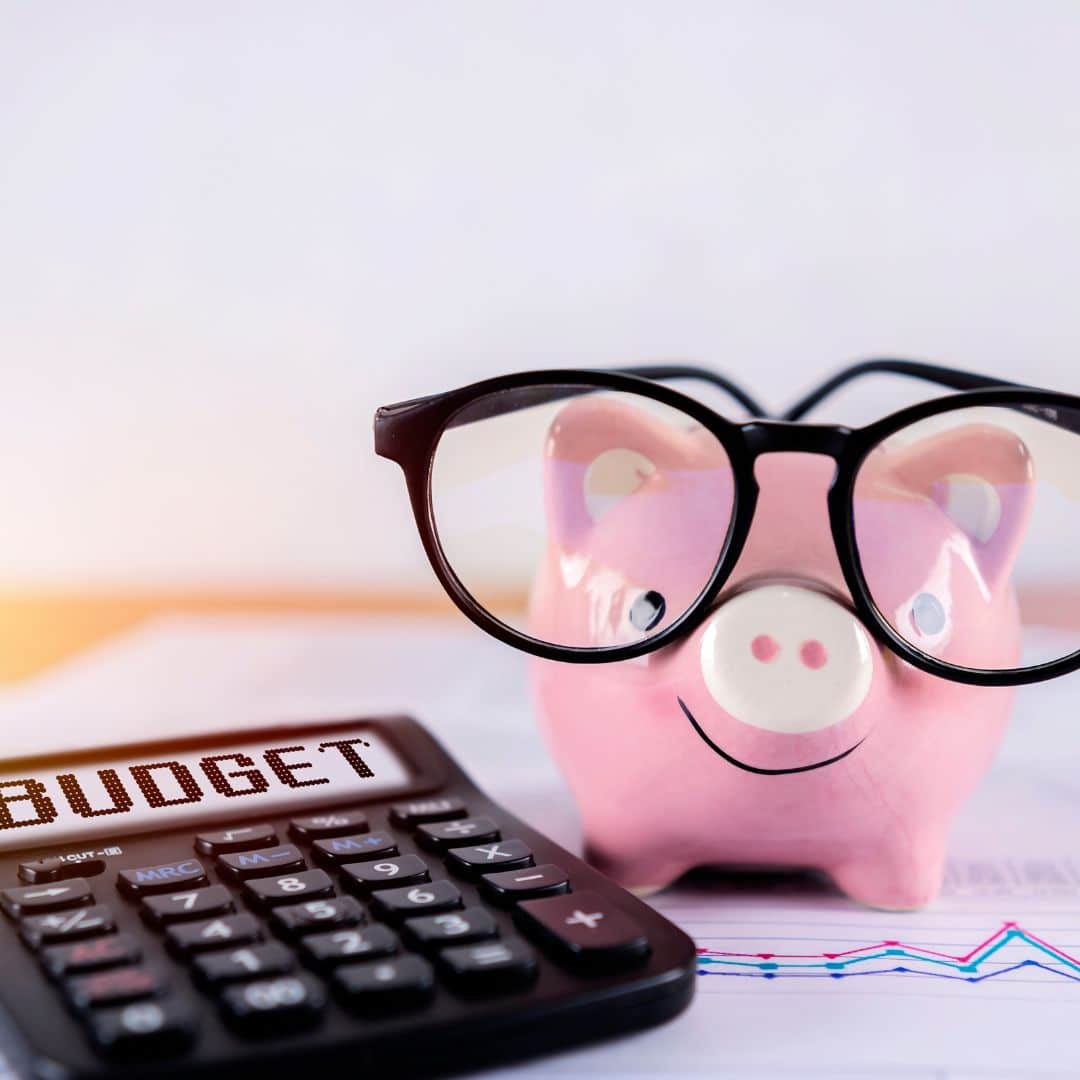Business valuation is often a complex process that involves taking into account: financial performance, sector, market interest and a variety of factors related to how your business is run. That may sound like a lot of work but if you want accuracy, you can’t skimp.
Occasionally you may need to shortcut that detailed process. It might be because of an urgent need or that the business hasn’t returned the first year accounts yet. In those circumstances using turnover to arrive at a value is better than nothing, but really shouldn’t be relied upon for anything more than a rough guide.
Turnover is one of several business valuation methods available to you when valuing your business. You really need to select the valuation method which best suits the need you have to obtain it.
If you’re interested in how to value a business based on turnover alone, it could give you an idea of how much a business is worth.
This post will guide you on:
- when the turnover valuation method is okay to use,
- the common formulas used,
- how sales-based valuation could be affected by other factors,
- the valuation process in action with an example of how a company can be valued based on turnover.
Looking for a handy checklist that will walk you through all that’s needed when preparing your business for sale? We’ve created one with all you need – and you can download it here.
When is business valuation based on turnover a good indicator of company value?
Turnover is a good indicator of how popular your product or service is. Unfortunately, it says little about your costs, investments, how efficient your operations are and how happy your clients are.
Still, if you have a relatively new business, you may not have a set of company accounts yet, so revenue-based valuations have their place.
In addition, this valuation method tends to work best for businesses with an uncomplicated setup. As such, it works particularly well with smaller high street, retail-style businesses. These are often the stereotypical small business where many entrepreneurs take their first steps in business ownership.
The formula for valuing a business based on sales
The starting point of turnover based valuation is the average weekly sales. Add together all your sales to date then divide it by the number of weeks you’ve been operating. The more weeks you can take into account, the better as it will help to even our any seasonality or one off instances that won’t be repeated.
When calculating your average weekly sales, exclude VAT.
Next comes a tricky part of the valuation. This is not exact science, which it is not a method we recommend, but it is generally accepted in these circumstances.
Once you have your average weekly turnover, you have to decide how many weeks of that turnover equate to a fair value for the business. This is usually sector specific, and we’ve highlighted some below.
- Convenience stores – x8 weeks if gross profit is over 20%, plus 5 weeks lottery takings if you sell lottery tickets;
- Traditional greengrocers – x10 weeks;
- Hair & beauty salons – between x10 and x15 weeks depending on the quality of the fixtures and fittings being left in the business;
- Cafes, takeaways – x20 weeks;
- Restaurants – x30 weeks of turnover.
Once you multiply your weekly turnover by the sector multiple, you’ll get your business valuation based on turnover.
Here is the full formula to use:
(turnover / number of weeks) * sector multiple = business valuation
How sales based business valuation differs from a professional valuation
Once you get your value, you still need to consider how realistic it actually is. Consider the following situation:
A newsagents would be valued in a similar way as a convenience store, so with an average weekly turnover of £6,000 and applying an 8x multiple to the weekly takings, its turnover-based value would be £48,000.
If that newsagents was in close vicinity of a supermarket that also sold newspapers, the newsagents as a business would look less attractive to potential buyers.
If the shop had a dated design and fixtures that had not been maintained and updated properly with poorly-stocked shelves, the venture would be less attractive still.
Factors like these will bring the actual value of the business down. When valuing a business for the purpose of selling it, you need to consider other aspects that will make the business more or less attractive to potential buyers.
A case study in practice
A few years ago we valued a coffee shop. It was in an off-high street location in a medium sized town. Whilst not in the main thoroughfare, it was on the walking route between the town centre and a large business centre. That meant many people passed the doors each lunchtime. Footfall was excellent.
The premises were well decorated and spacious. The café served tasty food and cakes in addition to well-liked coffees and teas. It was a thriving business – but due to an unforeseen change of personal circumstances the owners were being forced to sell it.
The business was approximately 18 months old and we had just one set of accounts to evaluate.
With it being so young, the first year had many costs associated with setup and fit-out. All of those costs were in those first year accounts. Whilst the business had grown quickly and was popular, it reported a loss because of those setup costs
On the other hand, in more recent months, the turnover was strong, the shop’s reputation for quality, cleanliness, value and atmosphere had all grown. Here’s what it meant:
In those first accounts, annual turnover hit £100,108 with a small loss of £5,104. Using the turnover valuation method described in this article, the calculation would have been £38,500.
As business brokers, we looked at the whole of the business. Our professional valuation was £45,000 and this was the price the owners were able to sell the business for within 5 months of advertising it.
This might not sound like a big difference, but it demonstrates the point. That extra £6,500 between valuation methods covered a lot of the vendors professional fees.
Conclusions
If you need a business valuation for the purpose of selling it, this turnover method is only a start. You need more.
If you need a detailed, professional valuation please talk to us. Alternatively, we have plenty of free resources which can help you understand your business value and improve it too.













